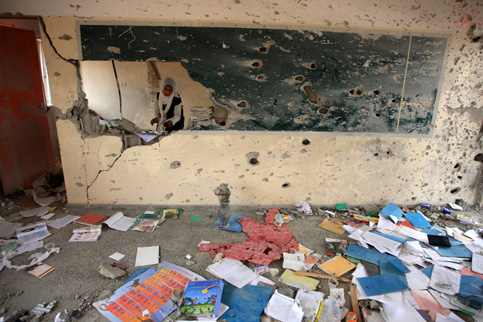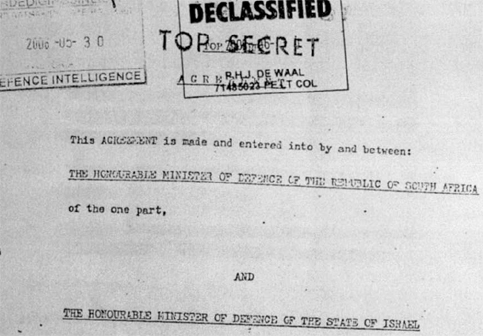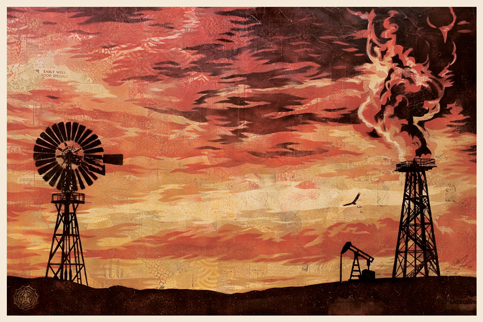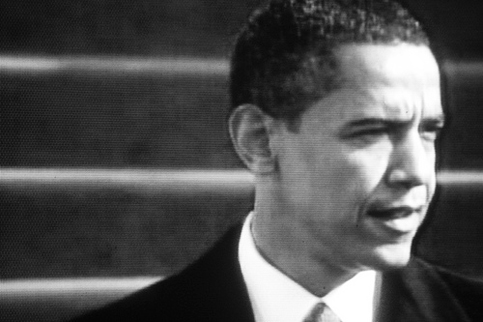Harper’s Magazine, by Naomi Klein, September 2009.

Photo: Zoriah (c). Crack in wall in south Beirut, Lebanon.
When I arrived at the grand offices of the United Nations High Commissioner for Human Rights, at the Palais Wilson, looking out at a drizzly Lake Geneva, Navanethem Pillay was hunched over the shoulder of her deputy, Kyung-wha Kang, dictating a press release. “I am shocked and deeply disappointed,” I heard her say, pointing at the screen while Kang typed. It was 3:00 p.m., and Pillay was having a very bad day.
“Done,” she finally declared, plopping down at her conference table. The press release was a response to some disappointing news. The previous night, the United States, under the leadership of its first African-American president, had announced that it would boycott the United Nations Durban Review Conference on Racism, Racial Discrimination, Xenophobia and Related Intolerance, citing its alleged anti-Israel bias. The conference was to start the following day, April 20, 2009, with Pillay presiding. Known by critics as “Durban II,” this was the only United Nations gathering specifically focused on pushing governments to combat racism inside their borders, a task that had become increasingly urgent as financial crises continued to stoke ethnic tensions around the world.
(…اكثر)












